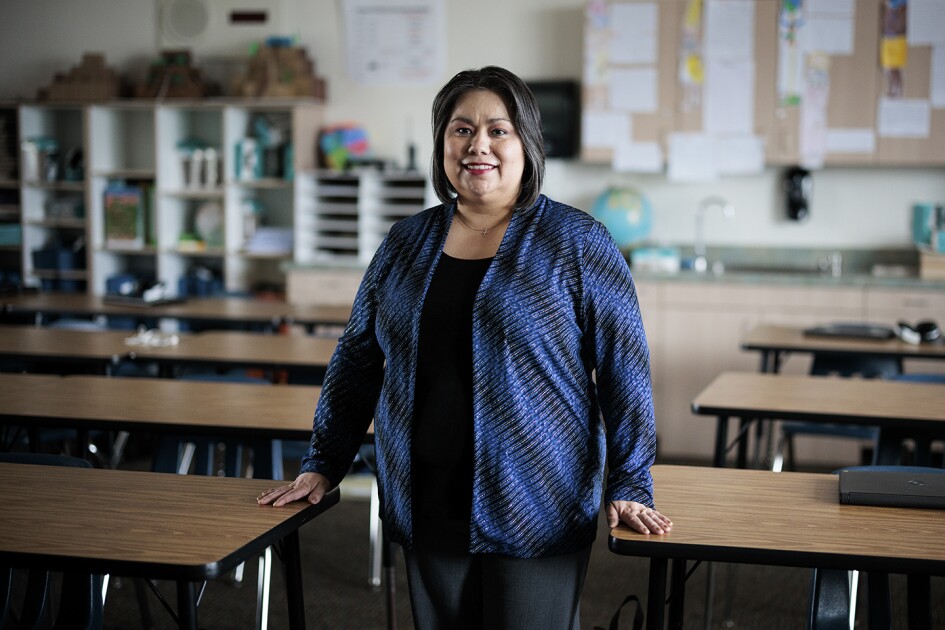The session on classroom learning stations today at NECC, led by Camilla Gagliolo, an instructional technology coordinator for the Arlington, Va., public schools, showed teachers how they could set up a number of learning stations with PDAs, computers, iPods, Nintendos, and smartboards. In the interactive session, several groups of teachers and administrators spent a few minutes using the gadgets to complete language arts activities, then moved to another table to try a different device. Although the stations incorporated different technologies, they all revolved around the same classroom lesson plan so that students could explore lots of different approaches for tackling the assigned text.
For schools that do not have access to all the different types of tools used in the session, the presenters suggested testing out one or two of the stations, while also incorporating traditional low-tech reading and writing activities. Even for teachers who do have access to all those technologies, starting with one or two, rather than all 5 at one time, can help the stations run more smoothly until students become adept at using the gadgets, the presenter suggested.
Although it was interesting to hear about the kinds of activities students can do with the tech devices—such as drawing Venn diagrams on the smartboard or creating mind maps with the PDAs—like most technology, it seems that the value here comes from how the students are using the gadgets, rather than the tools themselves. So while there is entertainment value in drawing a Venn diagram with a stylus on a smartboard, for example, it could easily be done with a traditional blackboard or whiteboard as well.
As school budgets continue to shrink, it’s going to be more and more critical to identify and define the specific value that new technologies add to the classroom, rather than simply using them to transfer traditional lesson plans into a new medium.


